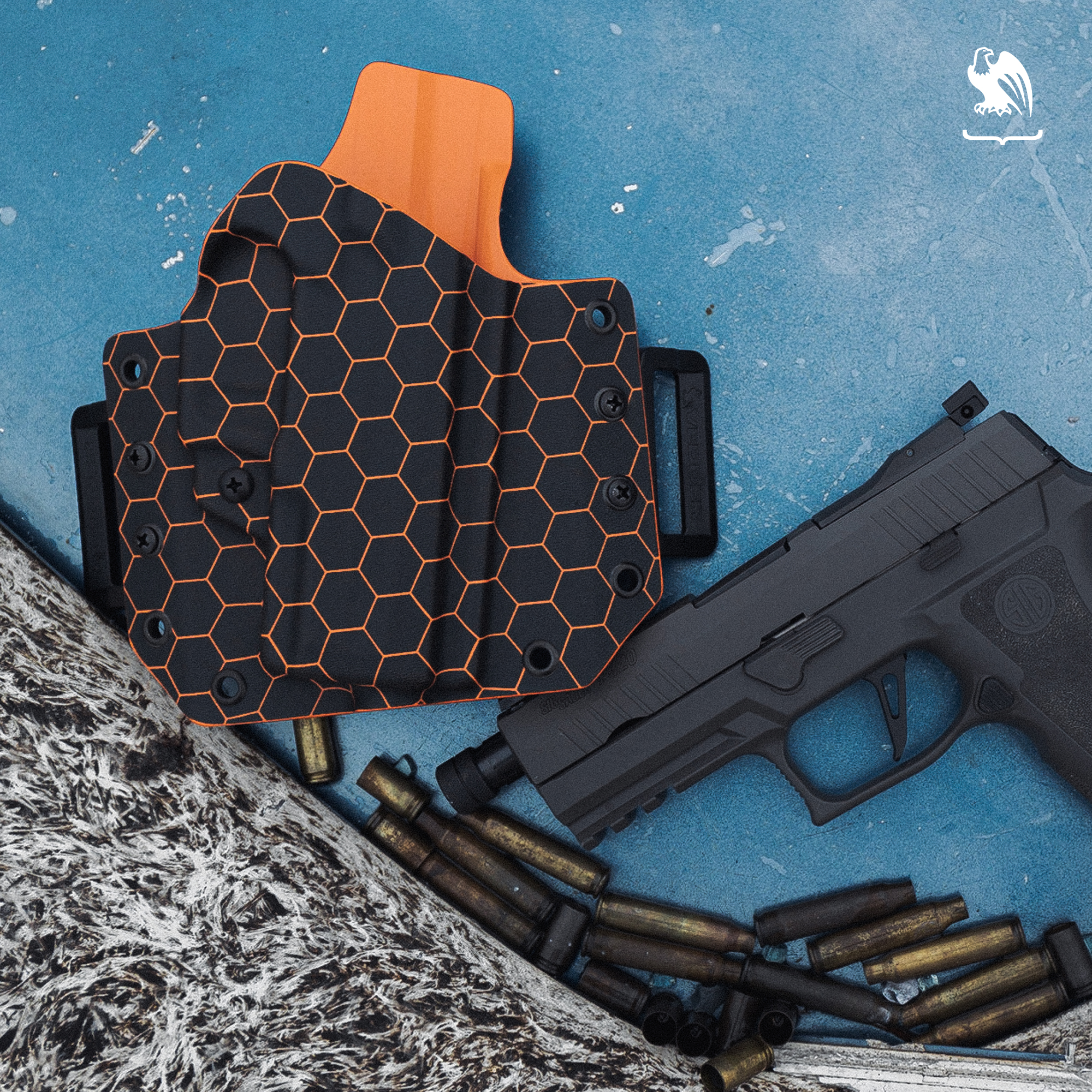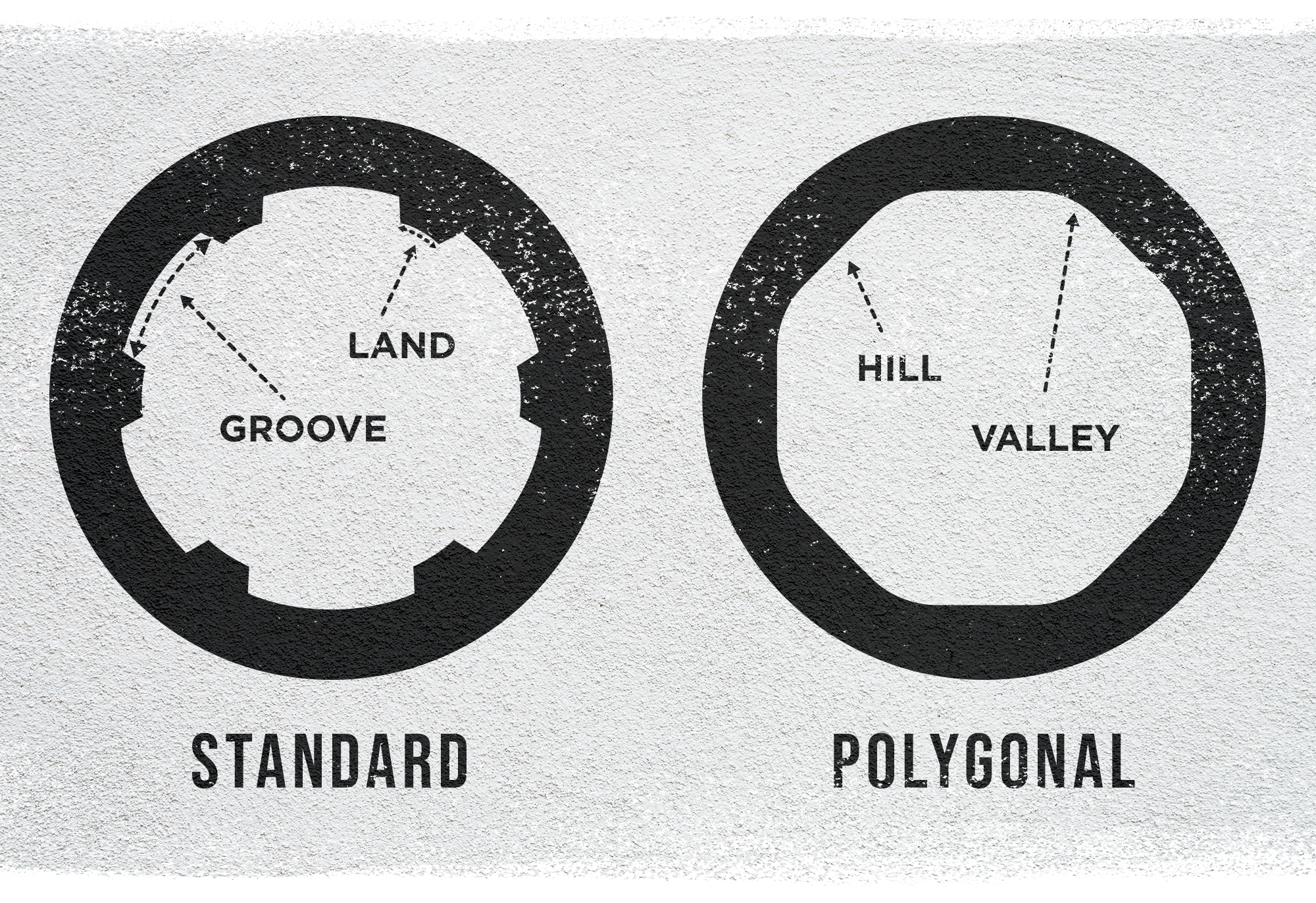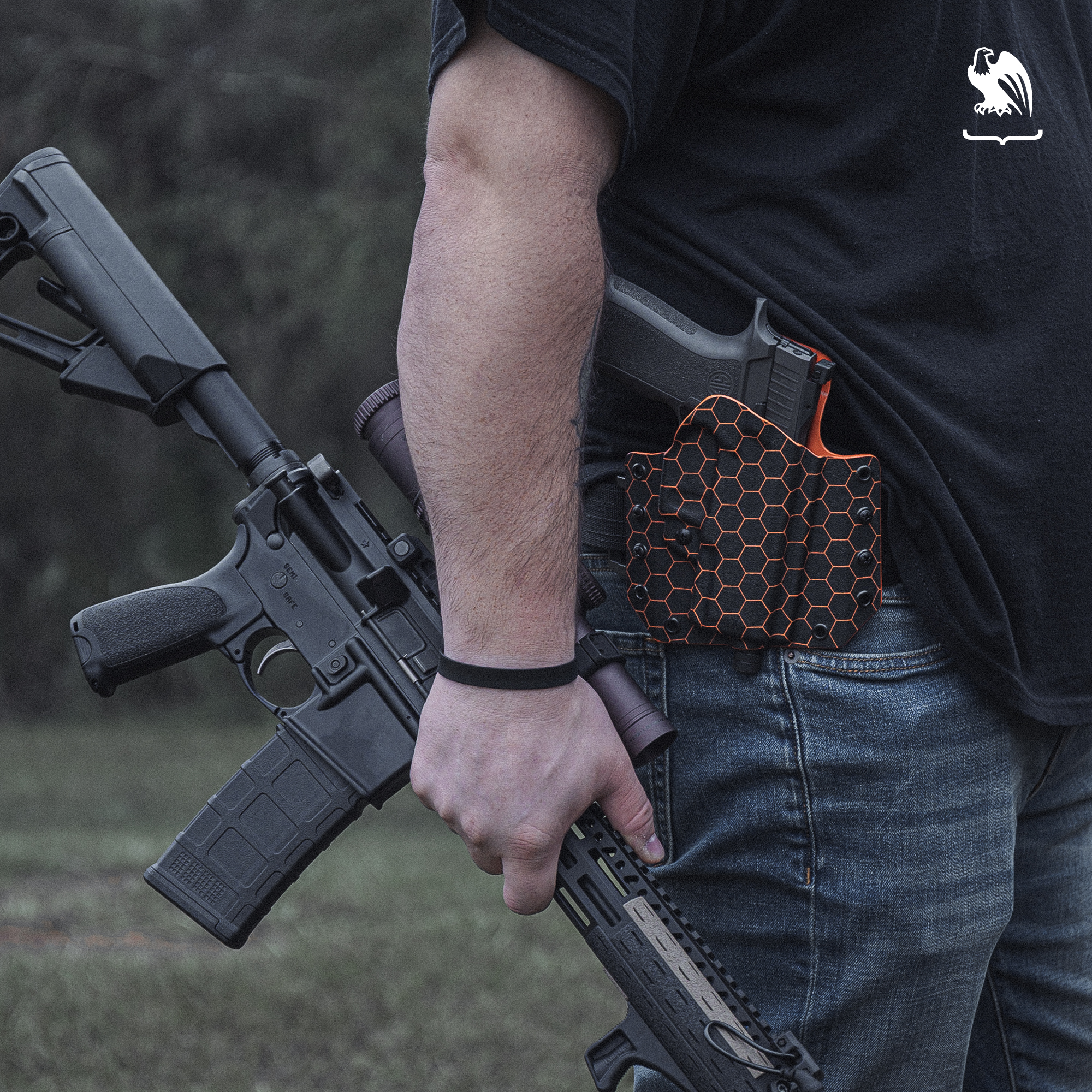What Is Rifling, and Why Does It Matter?

Gun rifling is an important part of weapons technology and has been since the mid-19th century.
“Rifling” is a term used to describe the spiral grooves found inside the barrel of a firearm. When you shoot, these grooves cause the bullet to spin as it leaves the barrel, which stabilizes it and improves the accuracy of the shot.
Barrel rifling is a key part of the manufacturing process of a gun, and learning more about it will improve your understanding of firearms. But before we get into the nitty-gritty of the various types of rifling and the history behind it, you’ll need to understand how it works.
What is Rifling, and How Does It Work?
Just like a spin helps maintain a football’s trajectory, rifling improves a bullet’s accuracy and velocity.
According to Gun University, “Barrel rifling is the spiral grooves inside the barrel of a firearm that causes the bullet to spin. This spin imparts a gyroscopic stability to the projectile, which in turn improves the bullet’s accuracy.”
Rifling works because the small size of the barrel forces the bullet to scrape against said grooves, making it twist as it exits the gun. These are often called rifling marks. The bullet should be so tight within the barrel that if it gets stuck, it cannot simply be removed by hand.
The purpose of adding spiral spin to a bullet is to help keep it point-first in flight and increase accuracy and distance. Rifling also affects the twist rate of the projectile as it travels down the barrel, known as a gain twist or progressive twist.
Rifling can take many forms, including lands and grooves of differing widths, profiles, and arrangements. The invention of rifling dates back to the 15th century and has been improved upon ever since.
Barrel Rifling History
Before the invention of modern-day firearms, soldiers, farmers, and settlers used muskets. Muskets had smooth barrels that fired small balls of ammunition at a low speed. As a result, accuracy was low and people missed their targets – a lot.
Around the 15th century, it was discovered that by adding grooves to the inside of the barrel in a rotating motion, they could increase not only the accuracy of their shot but also the velocity of the bullet.
There is some debate about who invented gun rifling. Some believe it was Augustus Kotter of Nuremberg in the early 1500s while others say it was Gaspard Kollner, a Vienna gunmaker, who first invented it.
Although the invention has been around for thousands of years, it didn’t become a standard in firearms until the 19th century and has continued to improve ever since.

Types of Rifling
There are two main types of gun rifling in modern firearms. Barrels are typically either lands and grooves or polygonal in design, each with its own unique characteristics that make them suitable for different types of shooting.
The more traditional type of barrel rifling is lands and grooves, in which a series of curved ridges (lands) are cut into the inside surface while leaving shallow channels (grooves) between them.
This type creates a spin on bullets as they travel through the barrel, which improves their stability during flight; therefore increasing accuracy over longer distances when compared to smoothbore barrels without any rifling at all. Lands and grooves also tend to be easier to clean than other forms due to their simple shape but may require more frequent cleaning depending on usage levels.
Alternatively, and more commonly found in modern pistols, is polygonal. This type of rifling looks more like valleys and hills, versus the more pronounced lands and grooves.
Polygonal barrels have become increasingly popular among shooters, primarily because they offer some advantages over traditional land-and-groove designs, including reduced bullet deformation, higher velocities, greater muzzle energy, and greater corrosion resistance.

What Are Twist Rates?
As we just discussed, gun rifling twists the bullet as it travels through the barrel of the firearm. Too much twist or not enough twist can change the accuracy of the firearm. The perfect amount of spin will provide a stable and accurate shot.
Gun twist rates refer to the rate at which the rifling on the inside of a gun barrel twists. The rate is measured in inches of travel for every complete revolution of the barrel. A faster twist rate means more stability for higher velocity and heavier bullets. A slower twist rate is better for lower velocity and lighter bullets.
Depending on the size and weight of your bullet, the twist rate will vary. The heavier the bullet, the faster it will need to spin in order to maintain a stable path toward the target.
Gun Rifling Methods
In addition to the different types of barrel rifling, there are also different methods a manufacturer can use to rifle a gun barrel. While each one has its advantages and disadvantages, let’s review the five main methods.
- Cut Rifling – This is an older, more traditional method that isn’t commonly used today. Cut rifling is done by hand or with a tool that cuts one groove at a time through the barrel.
- Button Rifling – This fairly common type of rifling is completed by using a tool called a button. The button is pushed or pulled through the barrel to press and form the steel.
- Broach Rifling – This is done by cutting all the grooves into the barrel in one pass with a metal bar that uses blades to cut through the steel.
- Hammer Forged – A mandrel the length of the barrel is inserted into the bore and a large hammer tool forces the rifling into the barrel. This process actually polishes the barrel in the process, resulting in improved quality.
- Machined – Electrochemical Machining, or ECM, is a generic term to describe a variety of electrochemical processes that can be used to rifle the barrel.

Final Thoughts
While gun rifling isn’t required knowledge for the average shooter to properly use a weapon, it is key to fully understand firearms and how your bullet travels to your target.
To recap, rifling is the spiral grooves inside the barrel of a gun that cause the bullet to spin and maintain stability as it travels toward the target. There are two main types of rifling: lands, grooves, and polygonal. Twist rate is key in maintaining the stability of the bullet, depending on the size and weight of the projectile.
If you’re looking for a new IWB, OWB, or pocket carry holster, visit our Holsters by Gun Model page for Kydex holsters that are custom-made for your weapon of choice.
Interested in items beyond holsters? Check out our Resources Page for links to recommended products like lights, lasers, first aid, maintenance, and more, and browse our selection of belts, apparel, and accessories at our website, vedderholsters.com.
To stay up-to-date on all the latest Vedder Holsters content and offerings, check out our blog and follow us on Facebook, Instagram, and Twitter. And be sure to visit our sister company, GeoGrit, for all of your American-made minimalist wallet needs.
